Blog Detail
Table of Contents
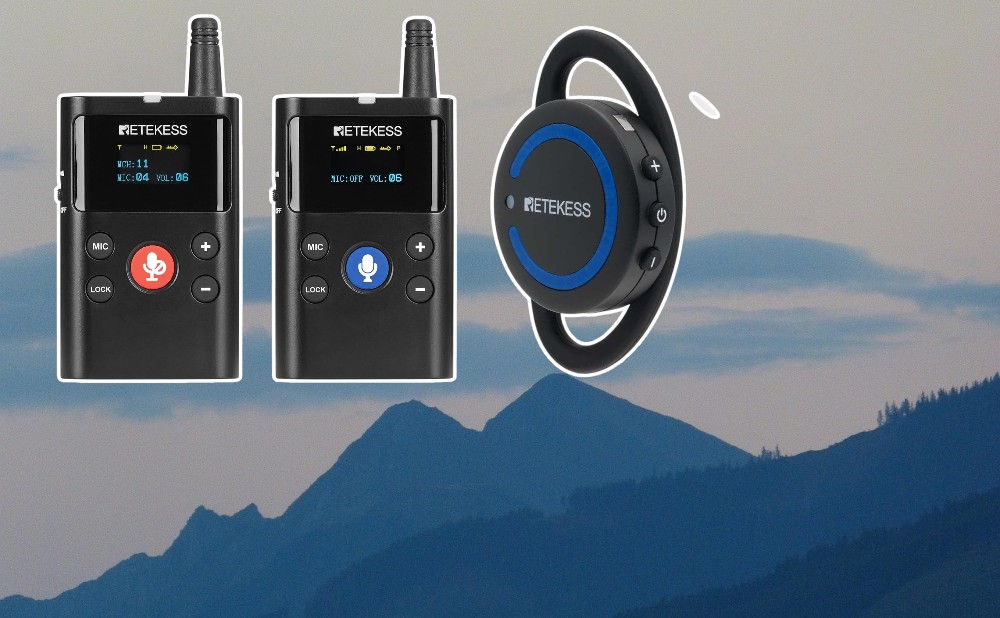
What Is Full Duplex and How Is It Used in Modern Communication Systems?
- Zoe
- Jun 11, 2025
- 0 Comments
Introduction to Full Duplex Technology
In today's fast-paced world of wireless communication, full duplex technology has emerged as a game-changer for professional audio applications. Unlike traditional walkie-talkie style systems that require users to take turns speaking (half-duplex), full duplex enables simultaneous two-way communication - allowing both parties to speak and listen at the same time, just like a natural phone conversation.
This revolutionary approach to wireless communication is transforming industries ranging from guided tours and corporate training to event management and educational programs. In this comprehensive guide, we'll explore how full duplex works, its advantages over conventional systems, and why devices like the Retekess TT126 are leading the charge in professional audio solutions.
How Full Duplex Communication Works
At its core, full duplex technology relies on sophisticated signal processing to enable simultaneous transmission and reception on the same frequency band. This is achieved through several key technological advancements:
-
Advanced Echo Cancellation: Digital Signal Processing (DSP) algorithms actively suppress feedback that would normally occur when microphones and speakers operate simultaneously.
-
Frequency Management: Some systems utilize separate frequencies for transmitting and receiving, while others employ intelligent frequency-hopping techniques to maintain clear communication.
-
Noise Reduction: Modern full duplex systems incorporate multi-level noise cancellation to filter out ambient sounds and maintain voice clarity.
The result is a seamless communication experience where participants can interact naturally without the "over-talk" issues or communication delays common in traditional half-duplex systems.
Key Advantages of Full Duplex Systems
1. Natural Conversation Flow
Full duplex eliminates the awkward pauses and "over-talk" common with push-to-talk systems. Guides can respond to questions immediately while continuing their narration, creating a more engaging experience for participants.
2. Enhanced Group Interaction
The ability for multiple participants to speak freely makes full duplex ideal for:
- Interactive museum tours
- Corporate training sessions
- Educational field trips
- Team-building exercises
3. Improved Safety in Critical Environments
In industrial settings or adventure tourism, the instant two-way communication provided by full duplex can be crucial for safety instructions and emergency response.
4. Better Accessibility
Full duplex systems accommodate diverse needs, including:
- Real-time translation for international groups
- Clear audio for hearing-impaired participants
- Natural conversation flow for those uncomfortable with radio protocols
Retekess TT126: A Full Duplex Powerhouse
The Retekess TT126 exemplifies the capabilities of modern full duplex technology with its impressive feature set:
Unmatched Performance Specifications
280m (919ft) operating range with stable UHF transmission
UHF frequency modulation technology, stable signal and continuous connection
Uniform for both ears,Comfortable to wear, small size, light weight, free your hands
Two-way communication
Professional-Grade Applications
- Museum & Historical Tours: Engage visitors with natural Q&A during presentations
- Corporate Training: Facilitate interactive discussions during factory walkthroughs
- Adventure Tourism: Maintain clear communication during outdoor activities
- Educational Programs: Encourage student participation during field studies
Comparing Full Duplex to Alternative Technologies
| Feature | Full Duplex | Half Duplex | Simplex |
|---|---|---|---|
| Two-way Communication | Simultaneous | Alternating | One-way |
| Natural Conversation | Yes | No | No |
| Latency | Minimal | Moderate | N/A |
| Best Applications | Guided tours, training | Basic announcements | Broadcasts |
The Future of Full Duplex Technology
As wireless technology continues to evolve, we can expect to see:
- AI-enhanced noise cancellation
- Integration with smart devices and IoT systems
- Advanced biometric monitoring capabilities
- Hybrid systems combining the best of full duplex and digital technologies
Conclusion: Is Full Duplex Right for You?
For professionals seeking the most natural, efficient communication solution, full duplex systems like the Retekess TT126 represent the clear choice. With their ability to facilitate real-time interaction, maintain signal stability over long distances, and adapt to challenging environments, these systems are redefining what's possible in professional audio communication.
Key Takeaways:
- Full duplex enables phone-like natural conversation
- Ideal for interactive tours, training, and educational programs
- Retekess TT126 offers industry-leading range and battery life
- Superior to traditional half-duplex systems in most professional applications
Whether you're managing a museum program, conducting corporate training, or leading adventure tours, upgrading to a full duplex system can significantly enhance your communication capabilities and overall participant experience.


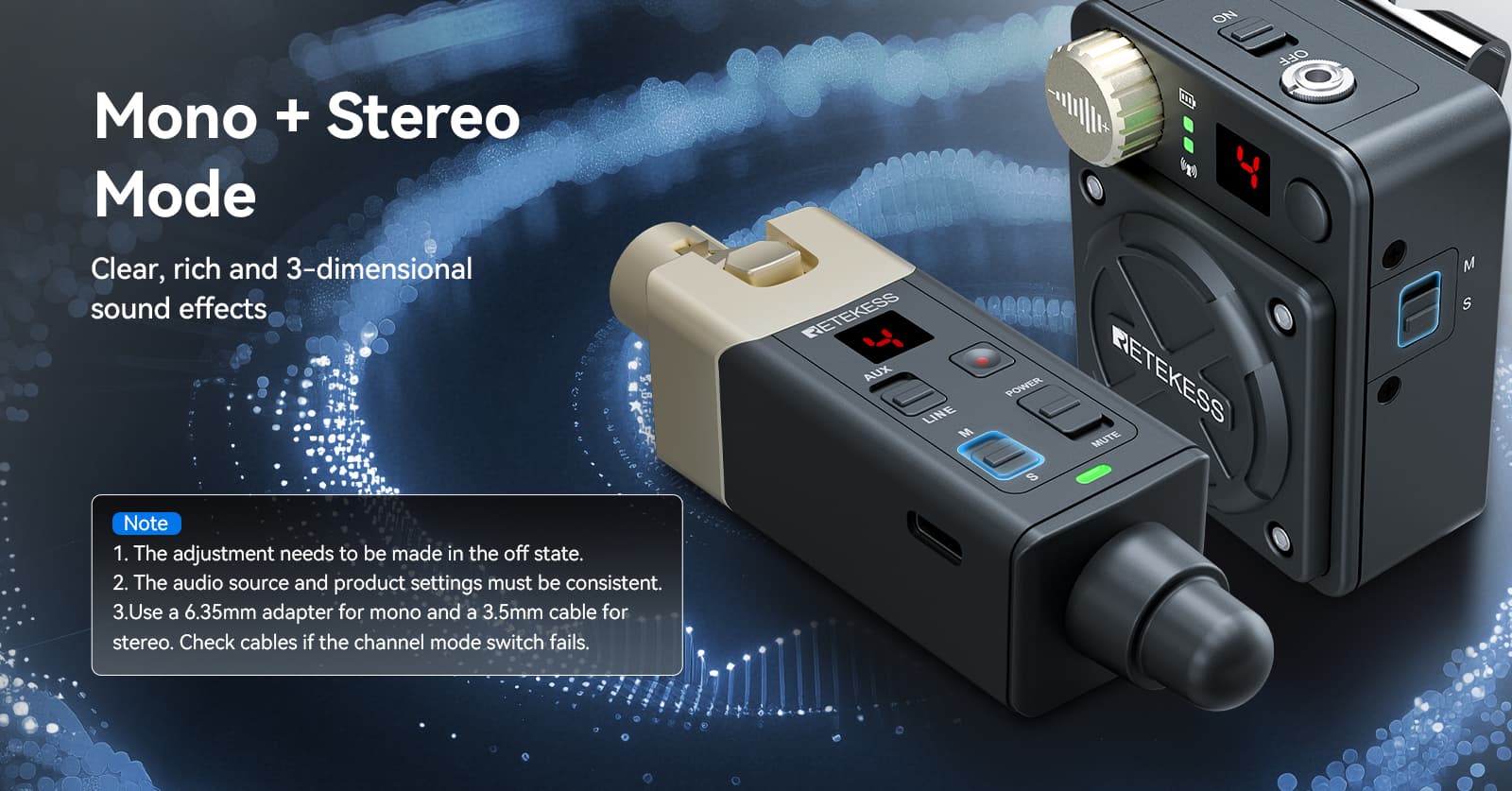

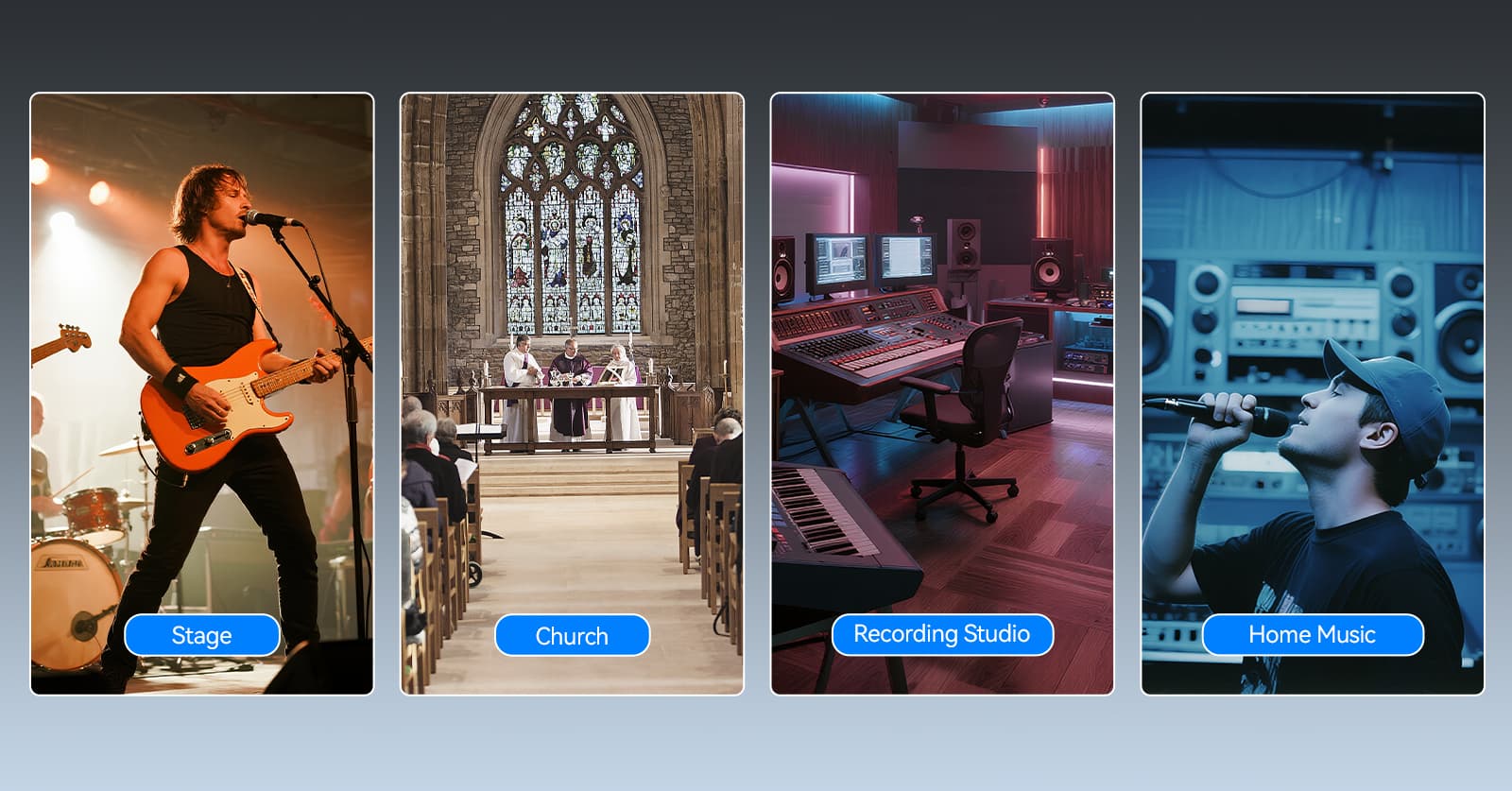
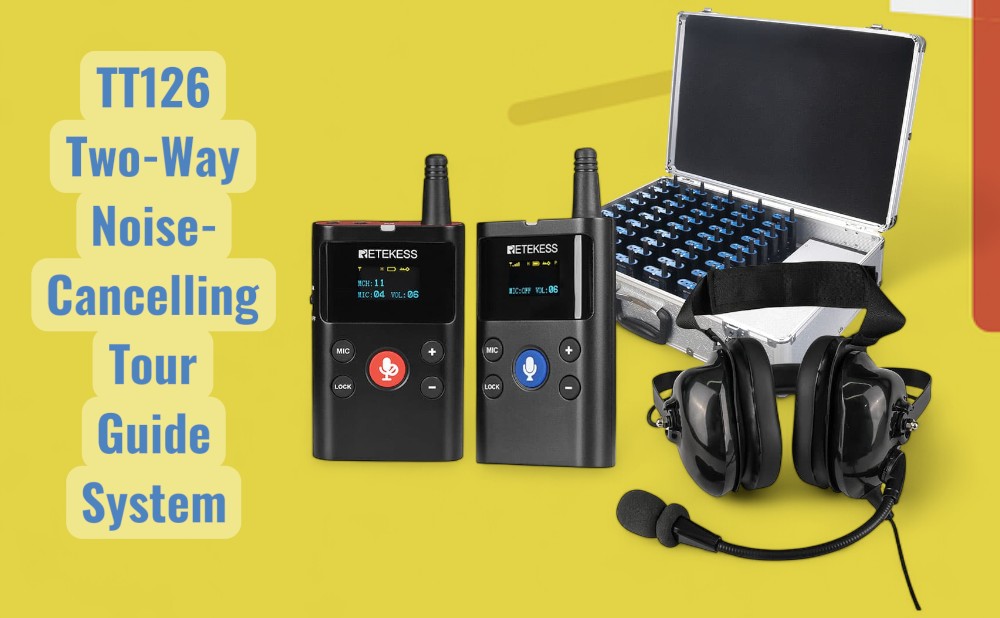
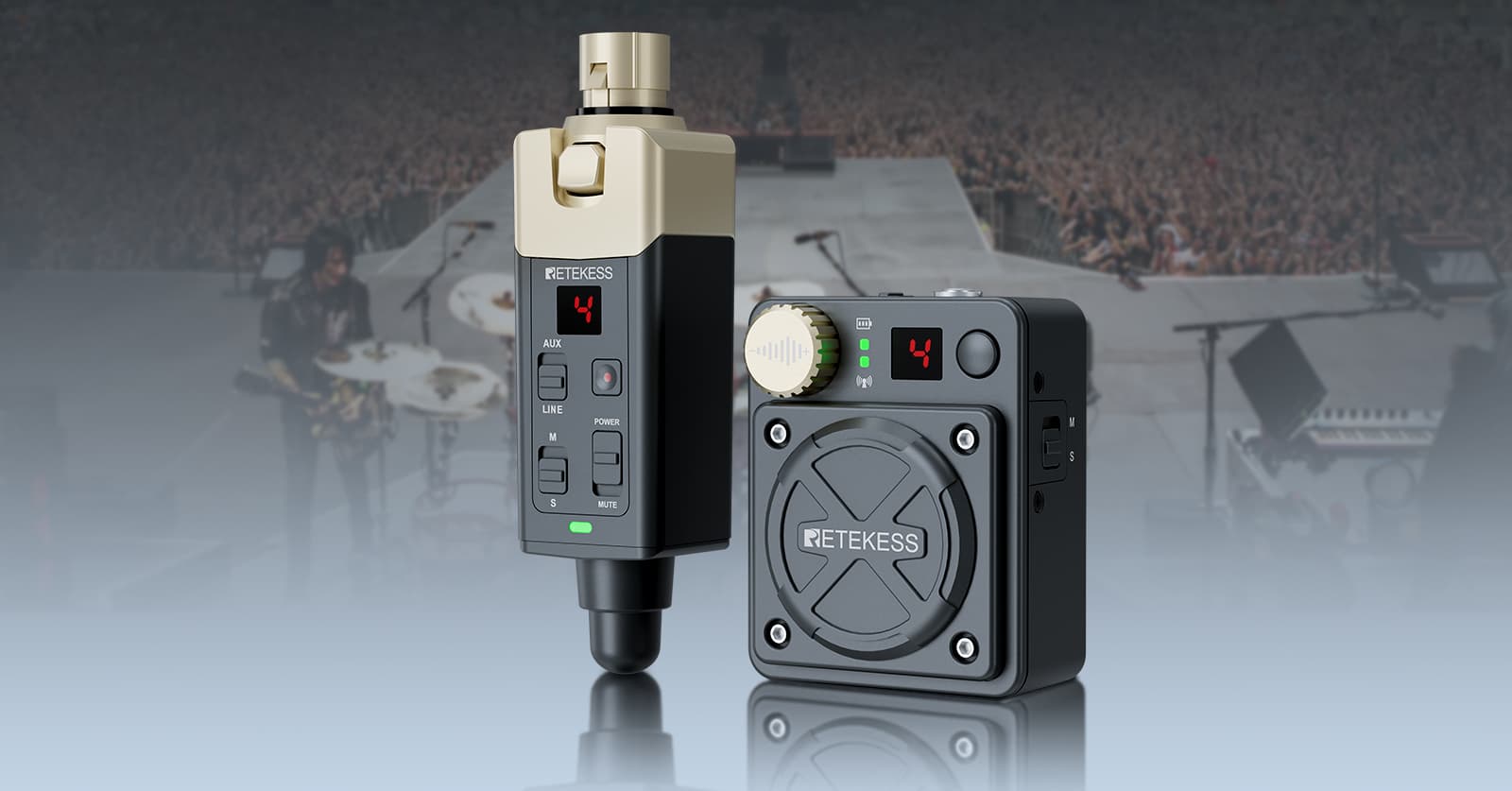


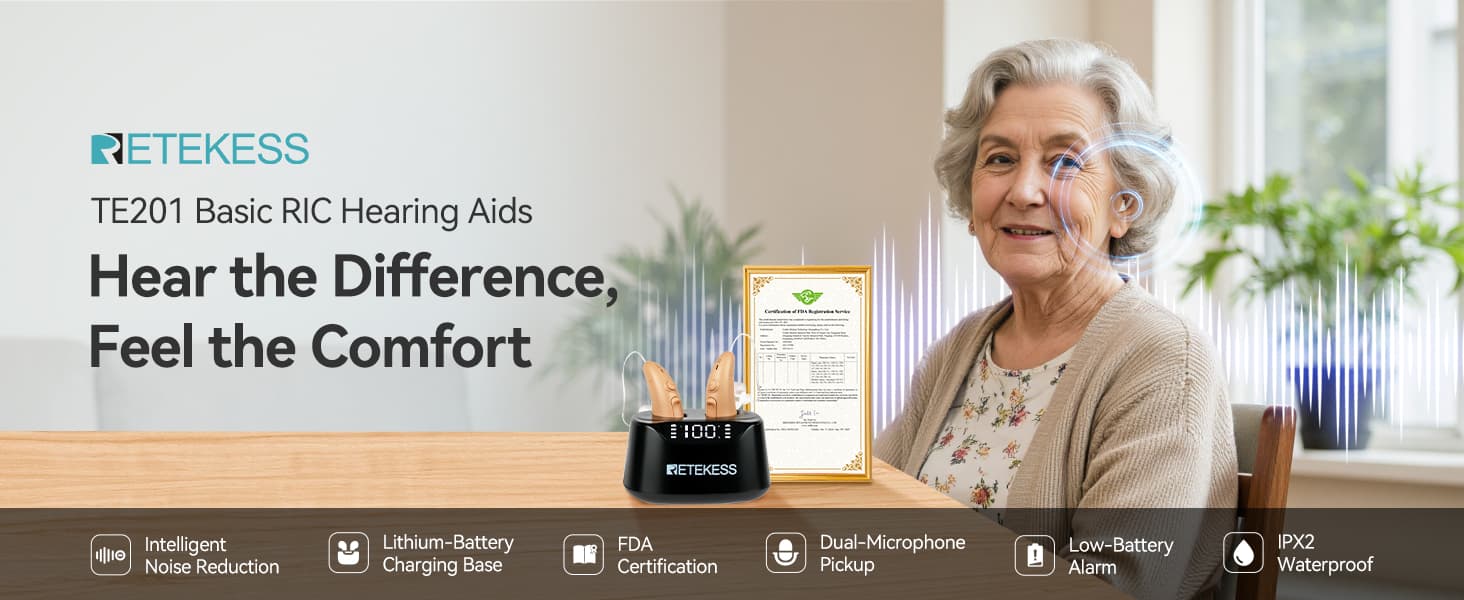
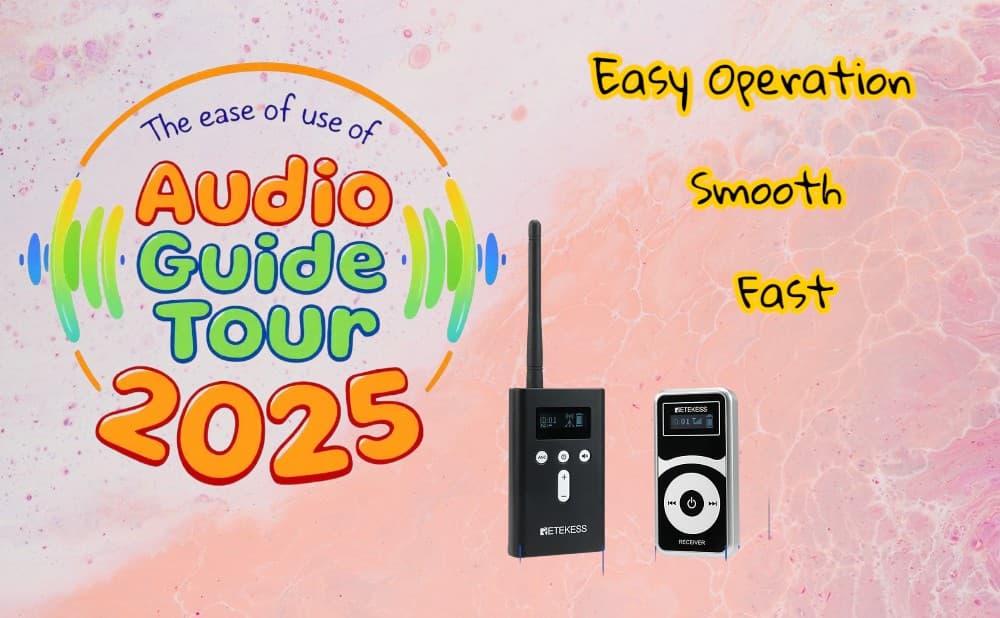
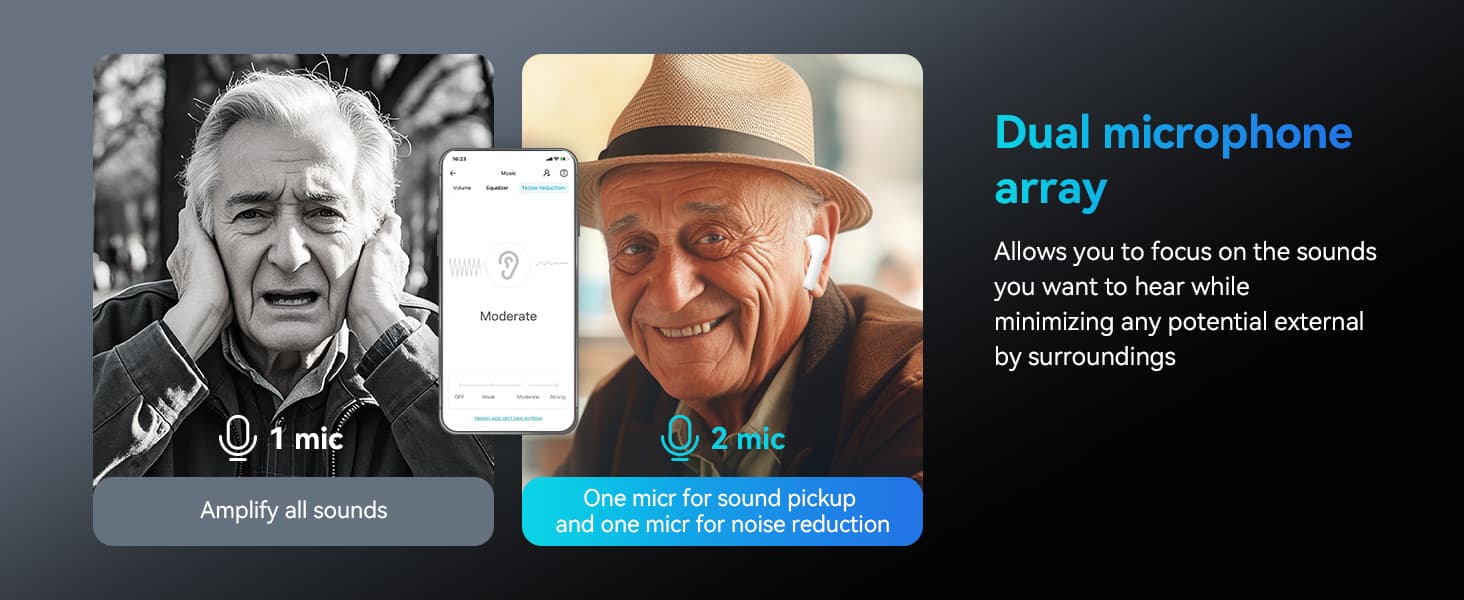
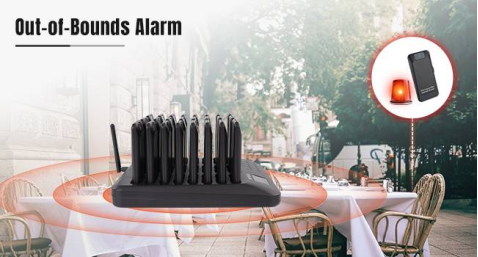


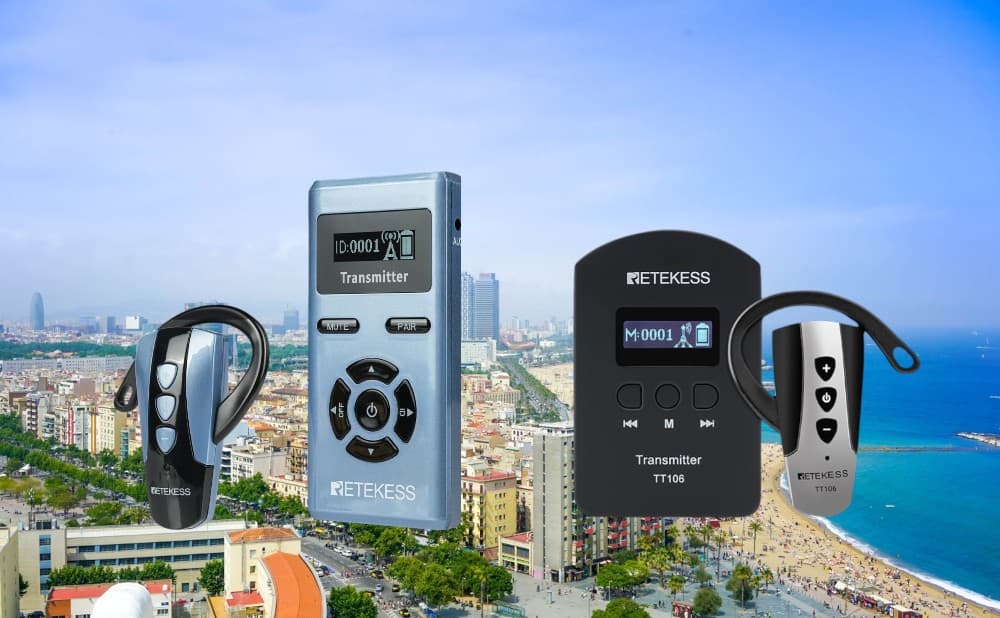
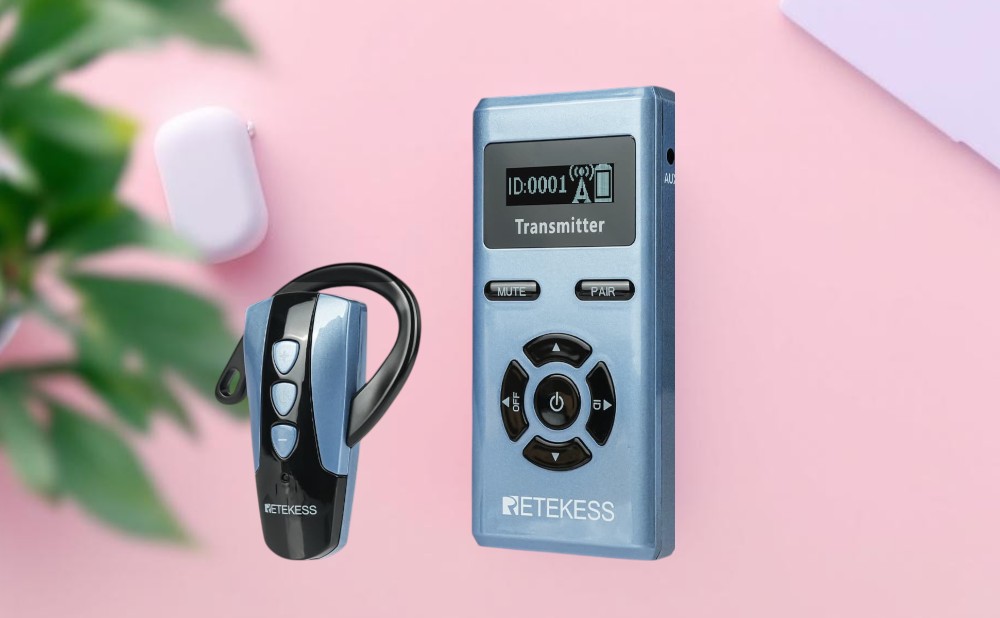
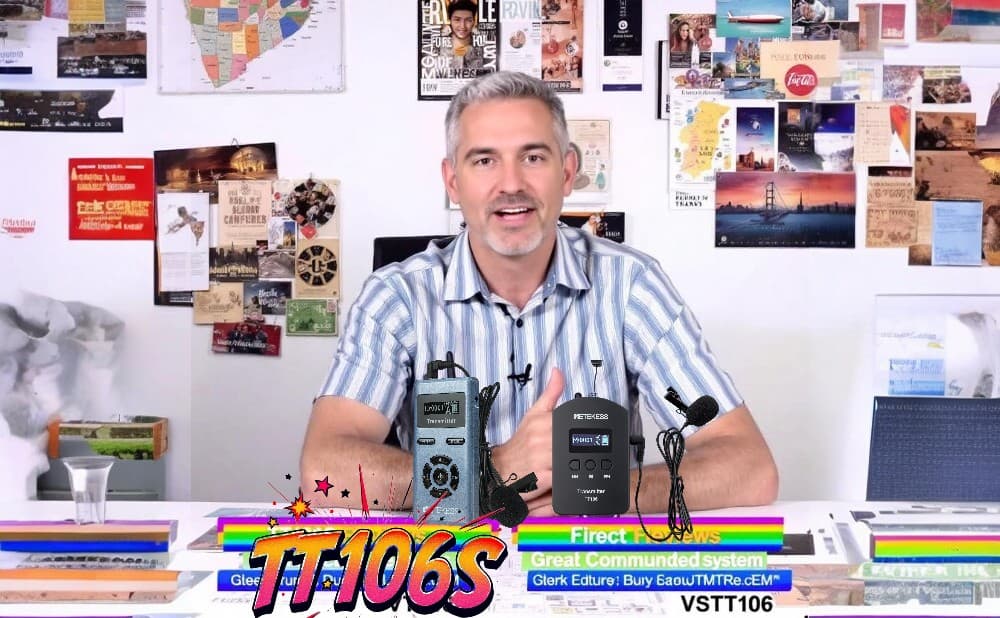




Comments (0)